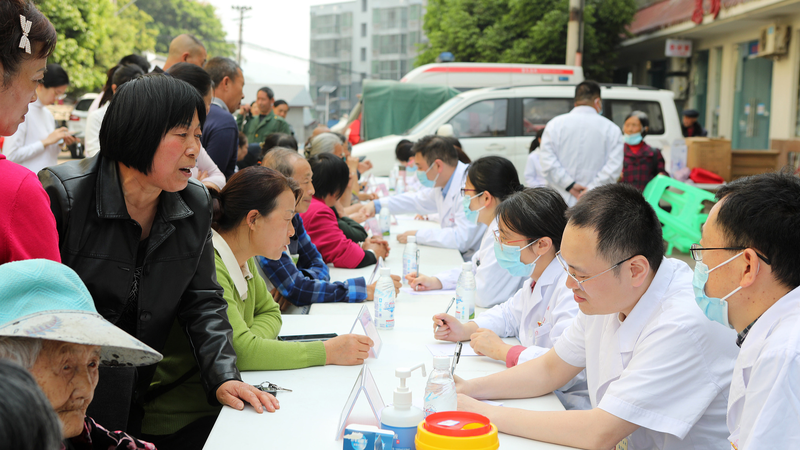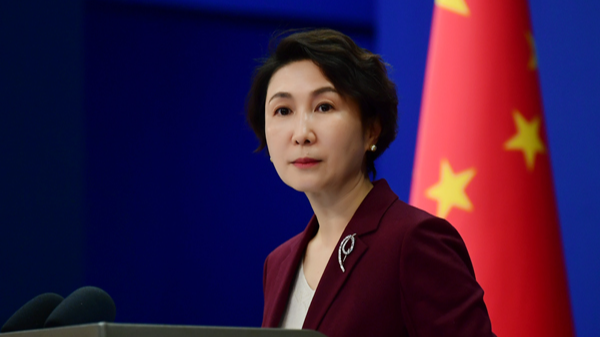Imagine not having to travel hours for a doctor's appointment. In a country that covers over 95% of its 1.4 billion residents with basic medical insurance, China is now bringing quality health-care services right to local doorsteps.
In Jinzhai County, Anhui Province, 64-year-old Hu Detian used to journey daily to a municipal hospital for hemodialysis. Since August 2022, he's dialyzed at his hometown central hospital—cutting travel, rent and transport expenses that once piled up year after year.
A few years ago, Jinzhai's local hospital couldn't handle hemodialysis or basic outpatient surgery. Roughly one-third of county residents sought care elsewhere, from minor illnesses to serious procedures.
Building County-Level Medical Consortia
In 2019, pilot reforms under the National Health Commission launched closely integrated county-level medical consortia. Jinzhai County was selected as a national pilot.
- Triage led by county-level hospitals to match patient needs.
- Reorganized personnel, funds and equipment into seven township sub-centers, each overseen by county hospital leaders.
- Expert teams of three associate chief physicians and one head nurse dispatched to each sub-center.
Since the reform, two-way referrals have reduced outpatient and inpatient volumes at the county hospital by more than 10%, while primary-level visits have risen over 20%.
Scaling Up Nationwide
Today, 2,188 counties and districts are piloting medical consortia. About 80% have set up resource-sharing hubs, and 90% of township health clinics and community health centers now offer pediatric care. The government aims for full coverage by the end of 2027, so every resident can reach a medical institution within 15 minutes.
As the Chinese mainland sharpens its grassroots health-care support, this model offers a data-driven blueprint for emerging markets seeking to decentralize care, reduce costs and empower local providers.
Reference(s):
How China strengthens health care support at the grassroots level
cgtn.com



